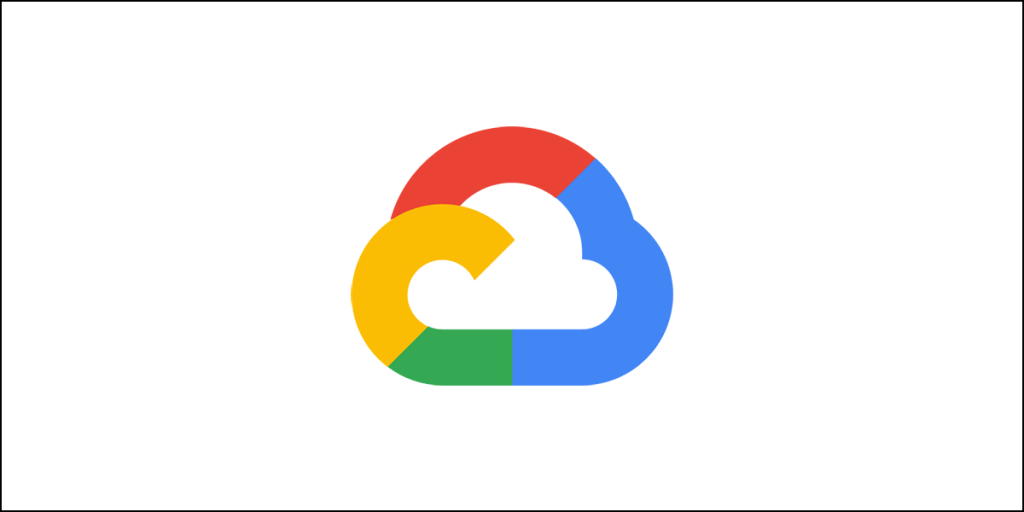You always hear all sides of the argument when there is a debate regarding employee engagement at work. In this conversation, we examine why it’s essential to have a program that boosts morale and productivity among workers. While having these conversations is important, it’s also important to recognize that software can help tremendously with tracking goals, conducting surveys, gathering employee input, analyzing data, providing recognition, and much more. Boost morale and output with the help of employee engagement tools. Consider these additional arguments in favor of purchasing employee engagement software.
Help HR and other divisions save time and money by adopting this approach:
Time and money are two of the most common commodities software are supposed to help you save. Human resources software is, naturally, developed to reduce labor hours. The HR division is one of many that can benefit from employee engagement tools. It streamlines administrative procedures for HR and managers by automatically gathering data on employee engagement and digitizing labor-intensive processes like goal management. Lower turnover costs and increased productivity are two long-term advantages. HR and upper-level management can also use engagement software to prove the worth of their investment in their employees and in the product itself. Indicators of participation and their relationship to tactical shifts can be visualized with this program. It can also show how much time HR has saved on things like sending out surveys and compiling engagement reports. Demonstrating these concepts with data would be a lot more of a hassle and time-consuming without the help of software.
Improved efficiency for better results:
When there is no ambiguity about an employee’s daily responsibilities and the KPIs they should aim for, that employee is more likely to perform successfully. That’s a real risk when using an engagement platform where junior staff communicates with senior staff. In a matter of minutes, we can clear up any confusion, answer any questions, or address any concerns. This program aids reporting managers in having productive discussions with their teams on duties. In addition, by posting updates about their successes on the group’s news or announcement boards, members gain visibility into the accomplishments of their peers. It motivates people to work together and improve their output due to healthy competition. Throughout that progression, they reach previously unreachable levels of performance.
Allows for repeated content personalization:
When you use trustworthy software, personalizing content is a breeze. You can participate in the survey by phone, paper, or the Internet. The layout and the inquiries can also be altered to suit individual needs. Depending on your company’s goals, your content’s focus can be on building name recognition or drawing in a specific audience. Your company’s entire performance plan will be refocused after the content has been adapted to fit it. To ensure that your information is valuable to all your employees and can be implemented successfully across all your branches, you can, for example, have it translated into their native language.
Positioning Your Company in the Talent Market:
In today’s competitive labor market, employees no longer make their career decisions based solely on compensation, making brand positioning more critical than ever. They also consider the company’s culture, quality of life at work, long-term vision, and any perks that may be offered. The company’s culture significantly impacts the impression it offers to potential employees. By streamlining and centering business procedures around people, a firm may establish itself as an employer brand that cares about and rewards its staff.
Empowers workers to speak out:
The true moods of staff and management can be quickly and accurately assessed with an employee engagement platform. Almost all of today’s solutions include survey tools, a means of giving and receiving constructive criticism, a method of rallying coworkers around a common cause, and mentoring and guiding new hires’ growth. When employees see that their opinions matter and that their proposals are being taken seriously, they feel more than just heard; they feel valued.
Employee Retention:
Traditional factors such as pay raises, benefits, and job security no longer motivate employees to switch jobs. Employees leave because they feel underappreciated, like they don’t matter, and because of the poor working connections they’ve developed at your organization.
They will hunt for a new job if they don’t feel like they’re contributing to the company’s overall aims. New channels of communication between workers and managers can be formed with the help of employee engagement software. This link improves recognition and the frequency with which feedback is received. As a result, employees will be more likely to stay with your company since they enjoy their work.
Conclusion
The use of employee engagement software is essential for a team to run smoothly. It includes tools and features that empower employees and maintain engagement, particularly feedback platforms and recognition. More importantly, this software enables businesses to determine who requires additional training, what actions must be taken to boost worker productivity, and how well-defined goals are being achieved.

